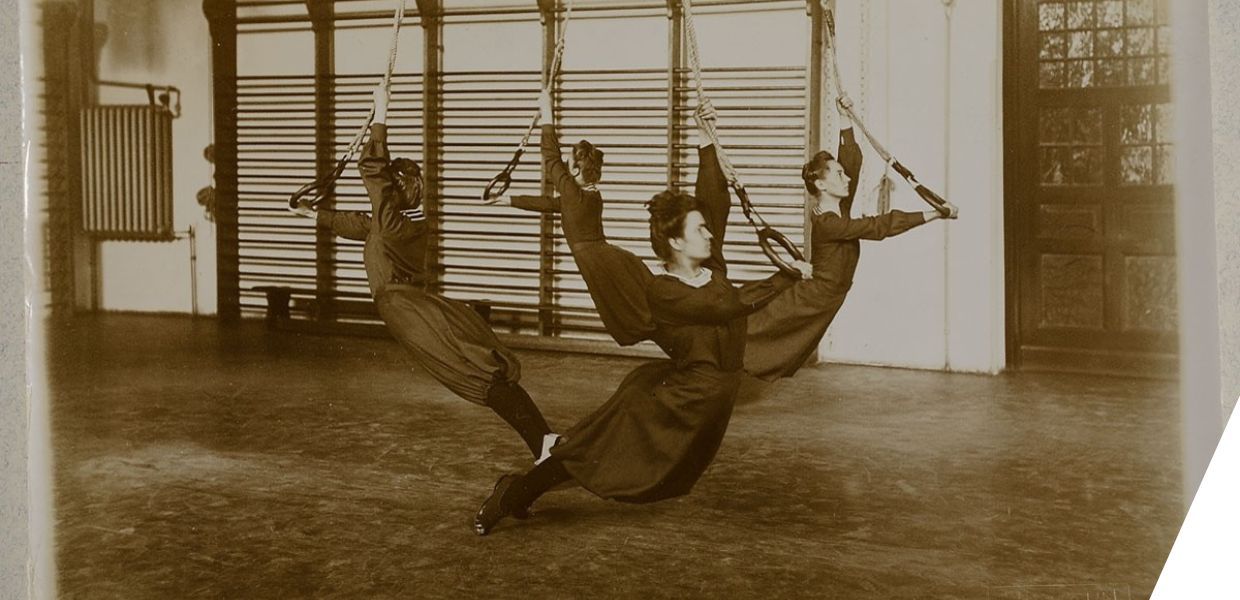Cultural heritage institutions can use many different instruments to communicate information on the rights attached to the works in their collections. The variety of options might create confusion as to whether and when these instruments should be used. But never fear - if you couldn’t attend the last Copyright Office Hours session on this topic, read on to learn about the different options and when you should use them.
Rights statements
Rights statements are unified and standardised sets of statements which aim to communicate to the public the copyright status of an object in the collections of cultural heritage institutions and other reuse conditions attached to them. They help third parties understand whether a work is under copyright protection, who owns the copyright, and how one can reuse the work.
While within the context of Europeana, 'rights statements' are used as a term encompassing all tools that indicate the extent to which copyright exists, rights statements are not licenses, which are legally binding. They are not about giving permission to the reuse of the work protected under copyright law, but they rather act as informative labels containing the above information without assigning any rights or giving any permission for the use of the work concerned. In that sense, they are a useful tool for cultural heritage institutions, especially considering that such institutions may not always own the rights to the works held in their collections.
There are 12 rights statements created and maintained by the Rights Statement Consortium. Six of these statements are supported by Europeana. It is also essential to highlight that rights statements refer to the underlying object rather than the digitised reproduction of the object in the collections of the cultural heritage institutions.
Licenses
Different from rights statements, licenses are a way that those who own the rights to a work (rightsholders) can give permission for works protected by copyright to be used in certain ways. These are in principle at the sole discretion and entitlement of the rightsholders. They usually take the form of contracts, where the party asking for permission to use the copyrighted work (licensee) and the party permitting the reuse of the work (licensor) negotiate the terms of use. To license a work however, one needs to be either the rightsholder or have the permission from rightsholders to do so. Licenses are also void without a valid protected work as the subject of the license.
The most well-known licenses in relation to the cultural heritage sector are Creative Commons (CC) licenses. CC licenses act as user-friendly means to record the nature of the permission given and conditions underlying the permission to third parties for the reuse of the work protected under copyright law. Their machine-readable layer for online services allows easy detection of the terms of the license.
When should you use which?
The answer to the question of when a cultural heritage institution should use which of these tools depends on how they would like to use the objects in their collections, and what rights they have over them. Just because an item is in the collection of a cultural heritage institution does not mean that the institution owns the copyright in it or that it can apply licenses to the item as they wish. Copyright is not transferred to the cultural heritage institution automatically when the work it protects is endowed, gifted or transferred to the collection of the institution. Therefore, only the rightsholder can apply a CC license to the material protected by copyright, not the institutions, unless they have permission to do so. Where the institution does not have rights over the work nor permission from the rightsholders, and the use of licenses would be unsuitable, rights statements might be a useful alternative to implement.
Rights statements can also be used for works where the copyright status is unclear or when the cultural heritage institutions would like to mark additional restrictions to the use of works in their collections, despite the works not being in copyright. In such cases, institutions should be mindful of not inappropriately applying licenses to the digital reproductions of the objects in their collections.
Additionally, article 14 of the Copyright in the Digital Single Market Directive states that institutions shall not assert copyright in the digitised object where the object itself is no longer in copyright. In line with this rule, Europeana also recommends institutions not to claim any rights in the digital reproductions of works in their collections. Therefore, a guiding question to ask to navigate the challenge of choosing which tools to use can be: when can you use a license and when should you use a label/statement?
Find out more
If you wish to learn more, look at what to pay attention to while selecting a suitable rights statement. For a more extensive list of explanations on the frequently asked questions about rights statements and licenses, read rights statements FAQ sheet.
You can also register to join us in the upcoming Copyright and Policy Office hours! You can see an overview of all upcoming sessions here; the next event will take place on 19 July with a session focusing on open access, copyright and ethics.


